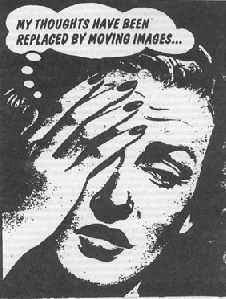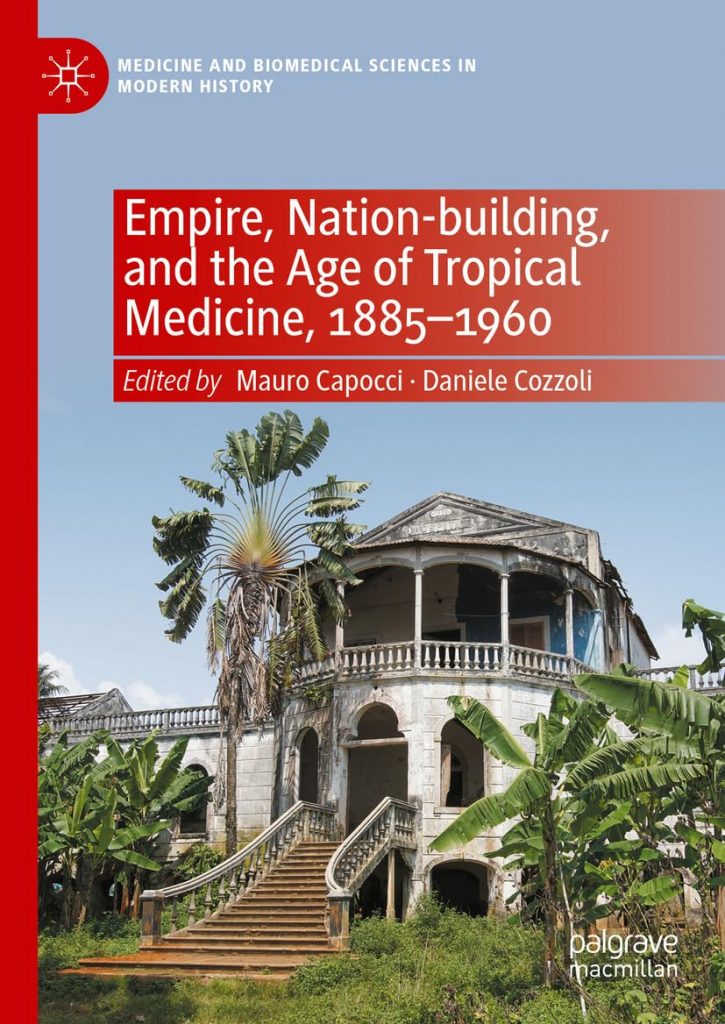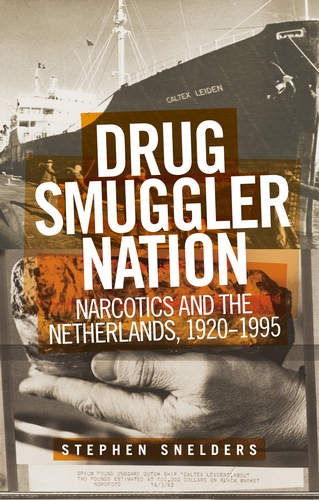Much has been said about the racist character of the ‘War on Drugs’. To explore this character more fully I take a look at drug policies in the Dutch colonial empire. In the second half of the nineteenth century, the Dutch started to modernize their empire and attempted to build ‘modern colonial states’ in their territories in the East Indies (present-day Indonesia) and West Indies (Suriname/Dutch Guiana, and the Dutch Caribbean islands). The endemic presence of certain diseases and behaviours was felt to threaten the colonial project. Colonial medicine played a key role in managing these ‘problems’. My chapter in the recently published volume Empire, Nation-Building, and the Age of Tropical Medicine, 1885-1960 investigates and compares polices and attitudes around two very different cases: leprosy and drug abuse. Colonial policies towards these cases show remarkable similarities: in both, a translation took place of an international global ‘colonial framing’. Non-white leprosy sufferers and drug users from different ethnic and cultural backgrounds (African, Indian, Chinese, Indonesian) were constructed by colonial medicine as being passive, undisciplined, disturbing labour efficiency, and threatening to contaminate whites (through sexual contacts and other means) or to seduce them in ‘going native’. Colonial strategies against these dangers included compulsory segregation of leprosy sufferers and the first prohibitive drug laws in Dutch territories. These policies created a legacy of a colonial cultural archive that is still around today.
Tag Archives: drugs
Paperback edition Drug Smuggler Nation out now
My history of Dutch drug smuggling, Drug Smuggler Nation: Narcotics and the Netherlands, 1920-1995, was until recently only available in an expensive paperback. Manchester University Press has now published the much more affordable paperback – with a few minor corrections.
Drugssmokkelland: hoe Nederland een paradijs voor drugssmokkel werd. Een Nederlandstalige publieksversie
De resultaten van mijn onderzoek naar de geschiedenis van de drugssmokkel in Nederland zijn in eerste instantie vastgelegd in een academische Engelstalige versie voor Manchester University Press. Sinds die publicatie kreeg ik steeds meer geluiden te horen dat het jammer was dat een boek over zo’n actueel en maatschappelijk relevant onderwerp niet heel toegankelijk was voor de niet-academi-sche Nederlandse lezers en lezeressen. Bovendien eindigt het boek rond 1995, terwijl we ondertussen alweer een kwart eeuw verder zijn. Ik heb daarom, na overleg met en met instemming van de Engelse uitgever, een nieuwe versie geschreven bestemd voor de Nederlandstalige publieksmarkt. Op 14 oktober verschijnt deze versie bij de Walburg Pers.
Dit is geen directe vertaling van het Engelse boek. In vergelijking met de Engelstalige rapportage is enerzijds de tekst met bevindingen met ongeveer de helft teruggebracht. Theoretische en historiografische gedeeltes zijn tot een minimum teruggebracht. Anderzijds is er nieuw materiaal toegevoegd: nieuwe verhalen over de drugssmokkel van de afgelopen eeuw die illustratief zijn voor het functioneren ervan, en een heel nieuw hoofdstuk over de situatie vandaag de dag en de ontwikkelingen in de afgelopen vijfentwintig jaar. Leidraad voor het boek is een nieuwe metafoor voor het functioneren van de drugssmokkel: niet de Godfathers en Scarfaces die zulke geliefde rolmodellen zijn voor jonge would-be criminelen, maar Marten Toonders stripfiguren Bul Super en Hiep Hieper.
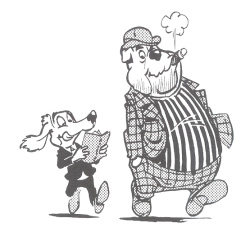
Bul Super en Hiep Hieper debuteerden in 1944 en vertonen duidelijke overeenkomsten met de onderwereldfiguren uit Toonders tijd. Het zijn opportunistische vrije jongens zonder moraal, steeds op zoek naar nieuwe en meestal illegale activiteiten om geld te verdienen. Super wordt door Hieper de baas genoemd, hetgeen slechts betekent dat de eerste de laatste domineert door zijn persoonlijkheid en fysieke kracht. Super en Hieper zijn individualisten. Tegelijk zijn ze sociaal en cultureel ingebed in de onderwereld van hun stad Rommeldam: door hun sociale contacten en ontmoetingsplekken, en door een gedeelde culturele kijk op de wereld. De beide ‘zakenlieden’ hebben een uitgebreid netwerk van gelijkgestemde onderwereldfiguren in de Rommeldamse kroegen en stegen. Regelmatig slagen ze er ook in tijdelijke verbonden te sluiten met de Rommeldamse bovenwereld. Maar er is geen sprake van een georganiseerde misdaad, slechts van wisselende samenwerkingsverbanden. Alleen in 1966 lijkt Super een stap verder te kunnen gaan als hij in het verhaal Bombom de Geweldige de onderwereld van Rommeldam verenigt in de Zwarte Gruwel, een bende van roofovervallers en ontvoerders, maar het succes ervan is (zoals bij de meeste van zijn ondernemingen) slechts van korte duur.
Bul Super en Hiep Hieper, hoe fictief hun bestaan ook is, zijn schoolvoorbeelden van de criminele anarchie die de Nederlandse drugssmokkel de afgelopen eeuw heeft gekenmerkt.
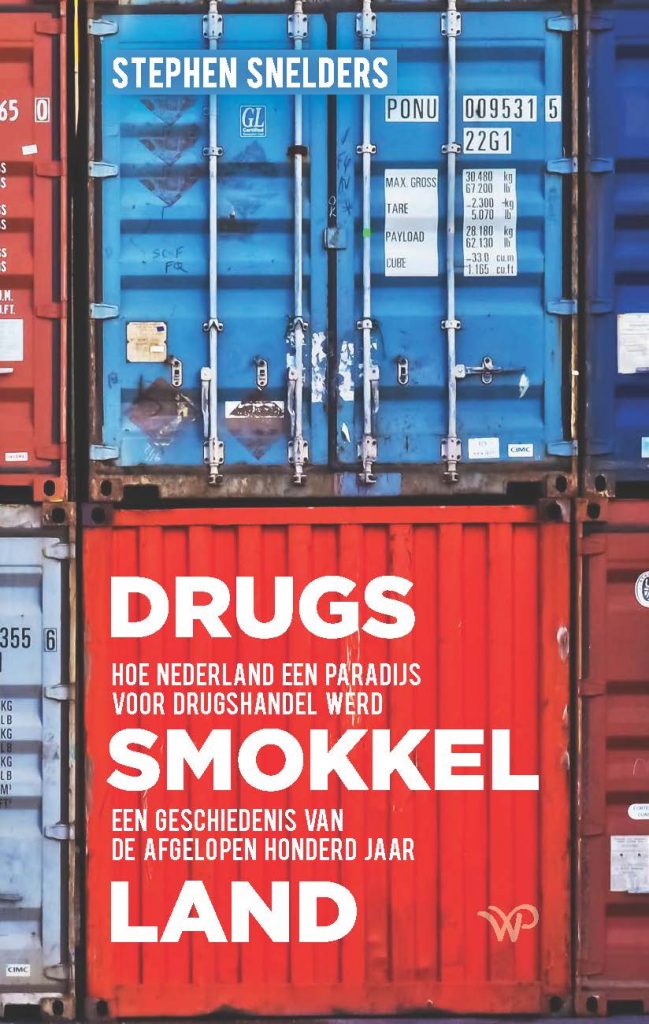
New book on drug smuggling and the Netherlands out in 2020
The past years I have been working on a new history of drug smuggling and the Netherlands in the twentieth century, in the context of the project The Imperative of Regulation funded by NWO, the Dutch Organization for Scientific Research. I have now come to an agreement with Manchester University Press to publish a book on the subject in the course of 2020.
The book intends to show how and why the Netherlands developed in the course of the twentieth century into a central hub of the international illegal drug trade. The book details the responses of smugglers to the state regulation of the market and the increasing demand of consumers, and develops a model of ‘criminal anarchy’ to explain the successes of the illegal drug trade. By using a long-term historical perspective on ‘the Dutch experience’ the book further elaborates and modifies the criminological concept of ‘disorganized crime’. It situates ‘criminal anarchy’ within Dutch society: historically, socially and culturally embedded in both native and migrant communities with their own historical traditions.
Historical investigation leads to the conclusion that when drug policy focuses on the fight against the supply side law enforcement will win the occasional battle, but is unlikely to win the war against drugs. Rather the reverse is the case: fighting the supply side only stimulates the proliferation characteristic of criminal anarchy. Consumer demand is uncompromising when there is no access to an alternative legal supply of drugs.
I will unfold the patterns of criminal anarchy narrating and discussing among others smuggler-users, Sixties idealists turned smugglers, and criminal entrepreneurs. The book details the activities of native Dutch, Chinese, Greek, and other smugglers before and after the Second World War; the rise of the Dutch cannabis trade and cultivation and its global connections; the Chinese, Turkish and Kurdish heroin trade; the Colombian cocaine syndicates; and the rise of the synthetic drug industry and the subversion of the state by Dutch criminal networks in the south and elsewhere in the country.
LSD en XTC in de westerse maatschappij
Op de website van IsGeschiedenis is een artikel van mij over LSD en XTC in de westerse maatschappij opnieuw gepubliceerd.
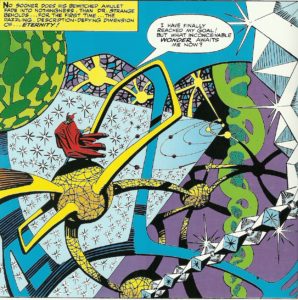
Drugs in Nederland 1940-1945
Deze week verscheen de Nederlandse vertaling van het boek van Norman Ohler over Drugs in het Derde Rijk.
Op verzoek van de uitgever heb ik hier een nawoord bij geschreven over het gebruik van Pervitin en andere drugs in Nederland tijdens de Duitse bezetting.
OVT voelde mij hierover dit weekend aan de tand. 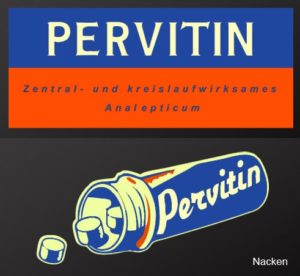
Drugs in het Derde Rijk
De Duitse schrijver Norman Ohler heeft in het voetspoor van schrijvers en historici als Werner Pieper, Peter Steinkamp en als ik zo onbescheiden mag zijn mijzelf het drugsgebruik in Nazi-Duitsland verder uitgespit. Zijn boek Der totale Rausch werd in Duitsland een bestseller. In september zal een Nederlandse vertaling verschijnen bij uitgeverij Luiting-Sijthoff in Amsterdam. Op verzoek van de uitgever heb ik voor deze vertaling een nawoord geschreven, waarin ik de situatie rond drugs in Nederland onder de Duitse bezetting bespreek. (Zie ook mijn post op de Alcohol and Drugs History Society-website.)
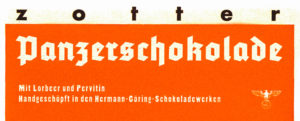
From pharmaceutical companies to criminal networks
This is the title of my own research project in the NWO sponsored research program The Imperative of Regulation: Local and (trans-)national dynamics of drug regulatory regimes in the Netherlands since the Second World War. I will be starting on 1 October as a research fellow at the history and philosophy of science section at the Faculty of Science, Utrecht University (Freudenthal Institute, whose director Toine Pieters is also a director of the research program).
The idea is to cover the tremendous changes in the supply-side of the psychoactive drug market, from the looted stocks of the German Wehrmacht and the limited supplies of the pharmaceutical companies in 1945 to the shift to an Internet based market in illicit drugs 70 years later. In this period the Netherlands continued its century-old tradition as a major producer, transporter and consumer of psychoactive drugs. We are not only focusing on illegal drugs in this project, but also on the shifts and transitions between legal and illegal use, and between ‘street’ drugs and drugs on medical prescription.
Interestingly, on today’s digital silk roads both are sold without government control and even with a libertarian or anarcho-capitalist justification. According to an interesting essay by American political scientist Henry Farrell this attempt to create control-free drug markets (at least, without control by the state) has only led to other forms of regulation, including the ultimate enforcing mechanism of all control: violence. ‘The Silk Road might have started as a libertarian experiment, but it was doomed to end as a fiefdom run by pirate kings’, Farrell writes.
The whole idea of a control-free drug market is of course a historical fiction and unravelling the historical dynamics underlying patterns and mechanisms of evolving drug markets will be a major aim of my project. 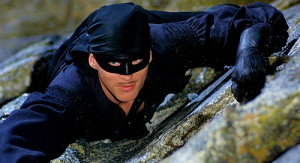
Bolivia krijgt recht op het kauwen van coca
Zie mijn blog op Points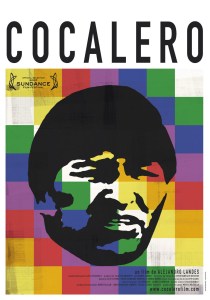
Drugs in Everyday Life
New post on Points: The Blog of the Alcohol and Drugs History Society